Blog Posts Tagged Technical Content
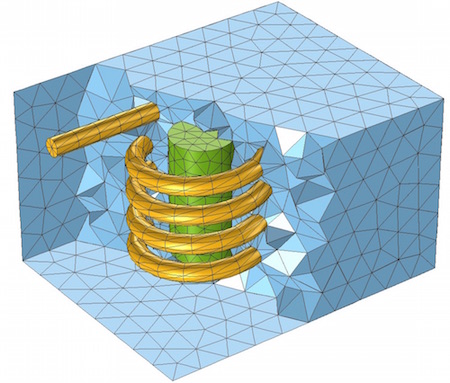
Improving Your Meshing with Swept Meshes
Get a demonstration of using swept meshing to generate efficient and accurate finite element meshes for some common modeling cases, such as calculating the fluid flow through a network of pipes.
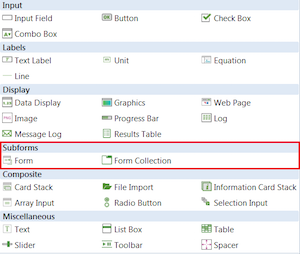
How to Organize Your Simulation App Using Subforms
It is important that simulation apps are as organized as possible for ease of use. Learn how to create organized apps in COMSOL Multiphysics® by using subforms and form collections.
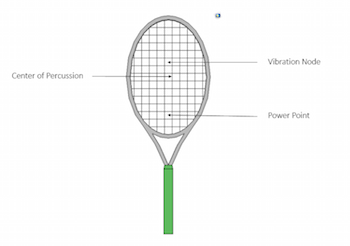
The Physics of Tennis Racket Sweet Spots
Whether you’re a tennis pro or new to the courts, you might enjoy this blog post examining the physics behind the “sweet spots” of a tennis racket.
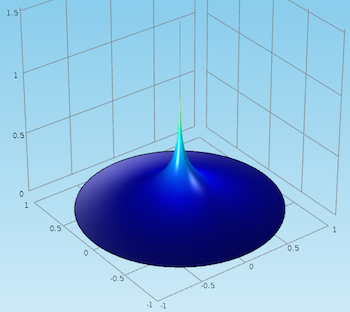
How to Implement a Point Source with the Weak Form
Learn how to implement a point source with the weak form in the COMSOL® software. Part 2 of a blog series discussing the weak formulation.
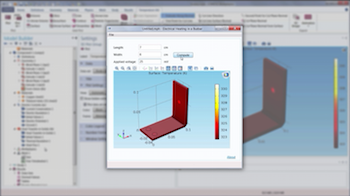
How to Build an App from a COMSOL Multiphysics® Model
Get a brief intro to building a simulation app from a COMSOL Multiphysics® model using the Application Builder. Includes a 10-minute step-by-step tutorial video.

Using General Extrusion Operators to Model Periodic Structures
If your multiphysics model includes a periodic solution to one physics and nonperiodic solutions to other physics of interest, you can exploit the periodicity to reduce computational requirements!

Computing Design Sensitivities in COMSOL Multiphysics
You can compute design sensitivities via the core functionality of COMSOL Multiphysics®. We show you how with a parallel plate capacitor example.
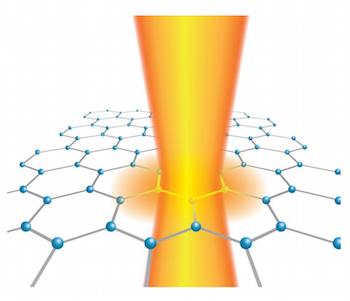
Should We Model Graphene as a 2D Sheet or Thin 3D Volume?
Graphene is a 2D sheet of carbon atoms that is 1 atomic layer thick. However, is graphene actually 2D or is it just incredibly thin, like a very fine piece of paper? How should it be modeled?
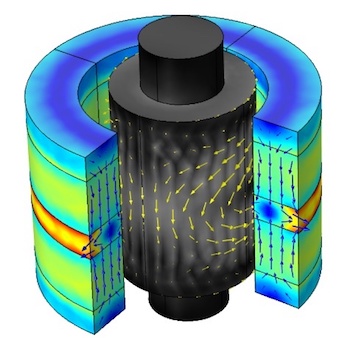
How to Model Magnetic Bearings in COMSOL Multiphysics®
Get an in-depth introduction to the different types of magnetic bearings and then learn how to compute their magnetic force, torque, magnetic stiffness, and more.

Verify Simulations with the Method of Manufactured Solutions
The Method of Manufactured Solutions involves assuming a solution, obtaining source terms, solving the problem, and comparing the results with the assumed solution. Use it to verify your models.

Tracking Material Damage with the Previous Solution Operator
We demonstrate how to use the Previous Solution operator to track material damage in your simulation, using an example of “baking off” of a thin coating on a wafer heated by a laser.
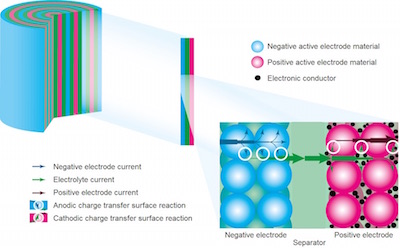
Studying Impedance to Analyze the Li-Ion Battery with an App
Check out the Lithium-Ion Battery Impedance demo app, which is an example of how apps can be used to interpret the impedance of specific lithium-ion battery designs — with minimal effort!
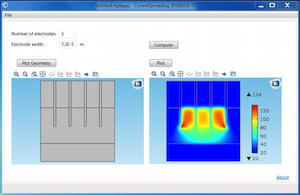
Building an IR Microscope App at ZINK Imaging
A guest blogger from ZINK Imaging shows off a simulation app he built from a simple thermal model of an IR microscope. Learn more and see his step-by-step process for creating an app.
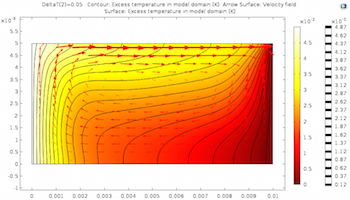
Modeling Marangoni Convection with COMSOL Multiphysics
When a surface gradient is temperature dependent, the Marangoni effect is called Marangoni convection. Learn how to analyze Marangoni convection in COMSOL Multiphysics®.
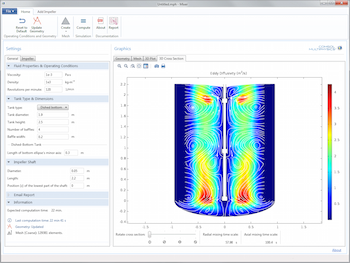
Intro to Optimizing Mixer Design by Creating an App
By building a simulation app to study mixer designs, you can easily test the influence that the vessel, impeller, and operational conditions have on the design’s mixing efficiency.
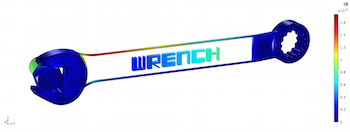
Postprocessing Local Data Using Component Coupling
Derive numerical values. Create new coordinate systems. Link different components in the same model. How can you accomplish all of these tasks? By using Component Coupling operators.
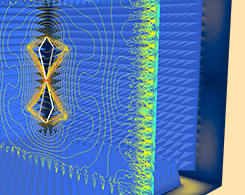
How to Adapt the Real World for Electromagnetics Simulations
Using an example of a biconical antenna in an anechoic chamber, we discuss how to closely mimic the conditions of real-world environments in your electromagnetics simulations.
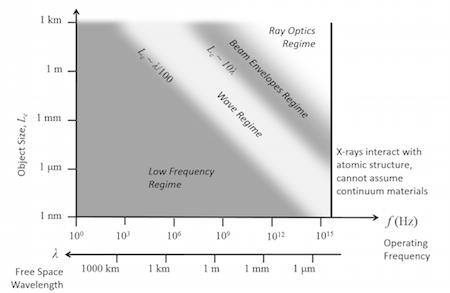
Guide to Frequency Domain Wave Electromagnetics Modeling
Read this blog post for your introduction to the various types of problems that you can solve in the RF and Wave Optics modules with COMSOL Multiphysics®.
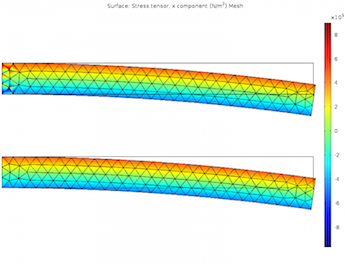
Modeling Linear Elastic Materials – How Difficult Can It Be?
Get an intro to the theory and application of the linear elastic material model, isotropy/anisotropy, allowable values for material data, incompressibility, and geometric nonlinearity.

Using the Previous Solution Operator in Transient Modeling
Use the Previous Solution operator for time-dependent models in which you want to evaluate quantities at the previous time step when using the default implicit time-stepping algorithm.

Fitting Measured Data to Different Hyperelastic Material Models
Want to fit your experimental data to different hyperelastic material models? You can with the Optimization interface in COMSOL Multiphysics®, which lets you fit a curve to multiple datasets.
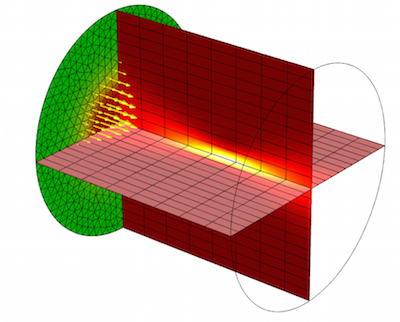
Modeling Laser-Material Interactions in COMSOL Multiphysics
When it comes to modeling laser-material interactions and heating, different modeling techniques are appropriate for different problems. We go over a few examples here >>
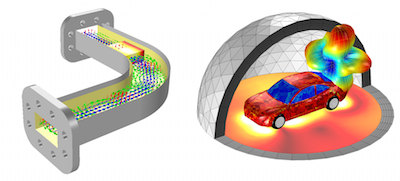
Simulation Tools for Solving Wave Electromagnetics Problems
Take a look at the various modeling, meshing, solving, and postprocessing options available for solving wave electromagnetics problems in COMSOL Multiphysics®.
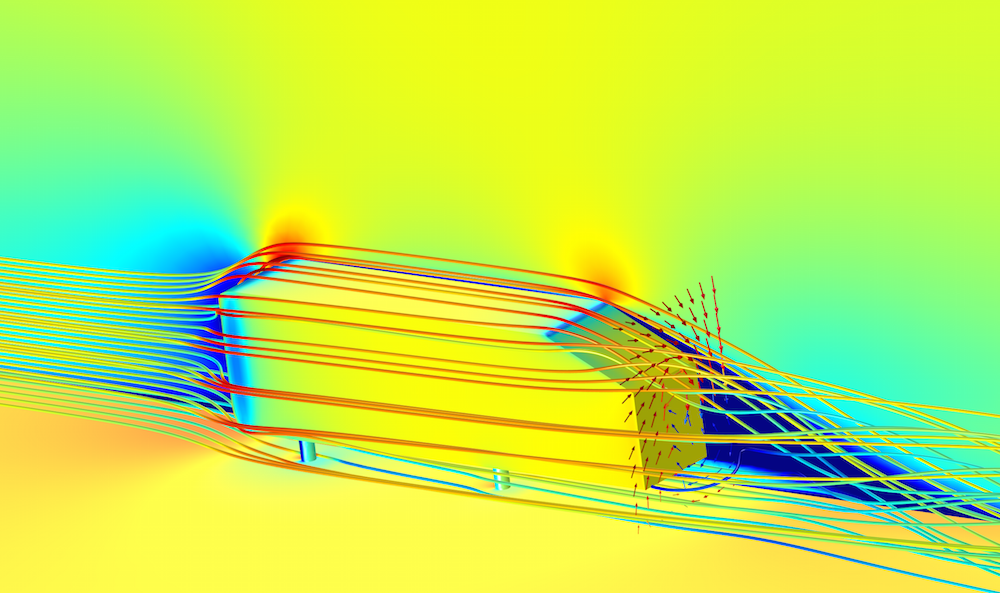
How Do I Compute Lift and Drag?
Analyzing lift and drag is an important task in many industries, such as automotive and aeronautics. Learn some different ways to compute lift and drag in COMSOL Multiphysics®.
